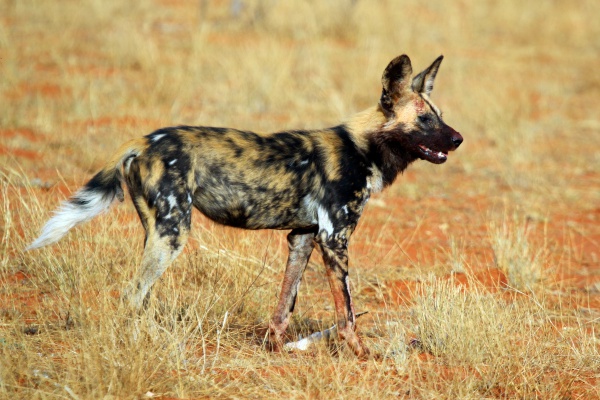Facts About African wild dog
The African wild dog, also known as the painted wolf or Cape hunting dog, is an intriguing canine native to sub-Saharan Africa. It is the largest wild dog on the continent and the only extant member of its genus, Lycaon. African wild dogs possess teeth specially adapted for a carnivorous diet. Regrettably, these distinctive creatures are endangered, facing threats such as habitat loss, human-wildlife conflict, and diseases. Presently, approximately 6,600 adult wild dogs remain, distributed across 39 groups.
African wild dogs are highly social animals, living in packs characterized by distinct male and female hierarchies. They are diurnal hunters, primarily preying on antelopes, and rely on cooperative strategies to capture their quarry. Notably, they regurgitate food to nourish both their offspring and other adult pack members, underscoring their strong social cohesion. However, they often compete with lions and hyenas for sustenance.
The species is known by several names in English, but conservationists advocate for the term "painted wolf" to mitigate the negative connotations associated with "wild dog." Coenraad Temminck first described the species in 1820. The African wild dog has a complex evolutionary history, possibly hybridizing with the dhole at some point.
Physically, African wild dogs are the largest wild canines in Africa, distinguished by their unique dentition and individualistic coat patterns. These patterns facilitate communication, camouflage, and thermoregulation. The animals favor savannas and arid regions, avoiding dense forests, and primarily hunt medium-sized antelopes.
Historically widespread across sub-Saharan Africa, the range of African wild dogs has significantly contracted. They are now predominantly found in Southern and parts of East Africa. These animals have significant cultural relevance, featuring in ancient Egyptian art and the folklore of the San people and the Ndebele. Documentaries have highlighted their lives and the various challenges they encounter, further emphasizing their ecological and cultural importance.

 Uganda
Uganda